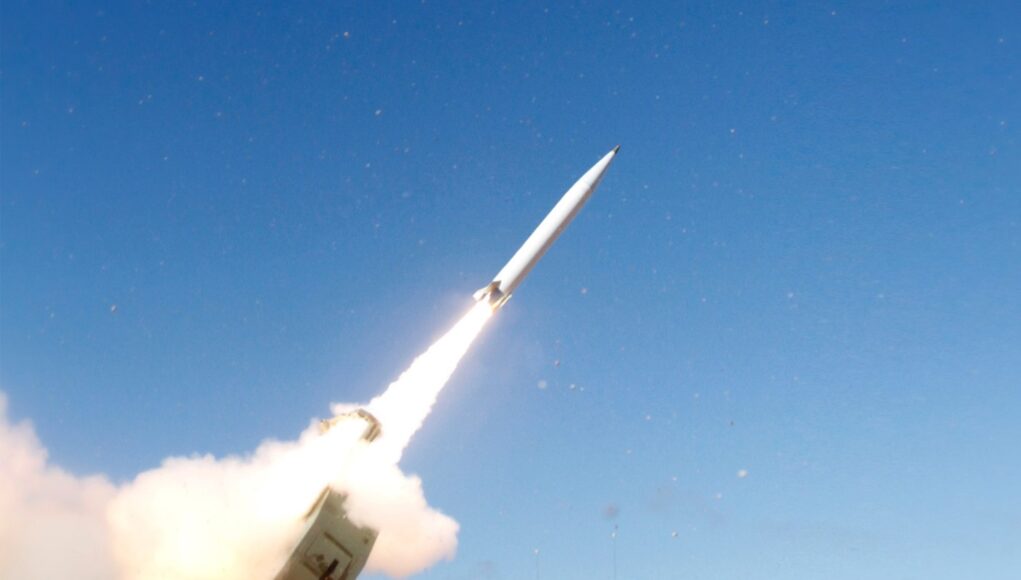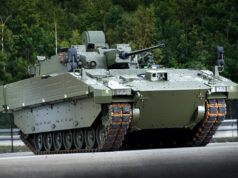Lockheed Martin and the U.S. Army have successfully conducted another production qualification flight test for the Precision Strike Missile (PrSM) at White Sands Missile Range, New Mexico, according to the company.
During the test, a High Mobility Artillery Rocket System (HIMARS) launched two PrSMs in a long-range flight against a designated target set, validating their accuracy and readiness.
This follows previous successful tests in November 2024 and the first soldier-led test in December 2024, ensuring the missile system meets performance and reliability requirements before entering service.
According to Carolyn Orzechowski, Vice President of Precision Fires Launchers and Missiles at Lockheed Martin, these tests are critical to ensuring operational capability.
“We continue to validate production during qualification testing as we approach a full-rate production decision from the Army,” she stated. “The recent tests verify operational capability and volume of fires at various ranges, proving PrSM can launch in rapid succession.”
The PrSM is the U.S. Army’s next-generation long-range precision strike missile, capable of engaging targets at distances of over 400 kilometres. It is designed to replace the Army Tactical Missile System (ATACMS), offering greater range, improved accuracy, and modularity for future upgrades.
The missile features open systems architecture for affordability and flexibility and is compatible with both HIMARS and the M270 Multiple Launch Rocket System (MLRS).
The latest test follows the awarding of a contract worth up to $120 million (£95 million) for tooling to scale up production capacity to 400 missiles per year, reflecting the U.S. Army’s commitment to fielding the system as soon as possible.
At the UK Defence Journal, we aim to deliver accurate and timely news on defence matters. We rely on the support of readers like you to maintain our independence and high-quality journalism. Please consider making a one-off donation to help us continue our work. Click here to donate. Thank you for your support!














The problem with all of these platforms are they are simply too expensive. The need to respond rapidly to the Russia-Ukraine conflict is showing where these defence contractors have been enjoying the fat for far too long.
We need large volume production, not <1000 unit order or production lines.
Obviously cheap mass produced drones can't do everything PrSM can do right now, but given the maturity of these systems, well understood fundamentals etc, the costs should be coming down. We should be pumping out the motors via 3d printing, and pumping the electronics on mass assembly lines. If all the technology and engineering in an iphone, with custom silicon, modems, satallite capabilities, GPM, cellular is less that £2000, the electronics in these systems should cost far far less.
Price comes down with volume of course, but there need to be more investment here.
If you want a drone that can travel 3 times the speed of sound and travel for over 300 miles and hit and sink even a ship it will neither be cheap nor mass produced.
Most drones are very short ranged and slow which significantly reduces their utility and survivablility.
This range is not for a standard artillery use, it can replace an air strike, is it cost effective? not sure… I personally think that 500KM range is an overkill
I wouldn’t say it’s overkill.
Imagine if Ukraine could hit Russian targets 500KM away with their HIMARS and GMLRS.
At present the only way to strike targets 500KM away or more is with either Tomahawk cruise missiles or air strikes. The latter are even less cost-effective when you consider the cost of maintenance, fuel, and risk to both pilot and launching aircraft.
This sort of missile would be used for high-value, high-risk targets.
I agree there are situations this capability is very helpful, after more reading I understood this is basically a short range ballistic missile fitted into a MLRS
An airstrike would be far more expensive. 35k a flight hour, risking a £100m jet, a pilot that cost £5m to train and the cost of the ordnance which will still be eye wateringly expensive. Plus tankers , planning cells, supporting assets. These missiles seem a bargain in comparison and could react far quicker.